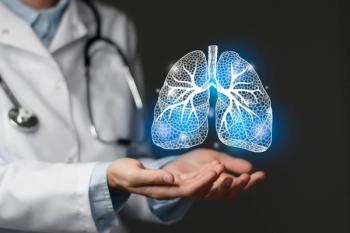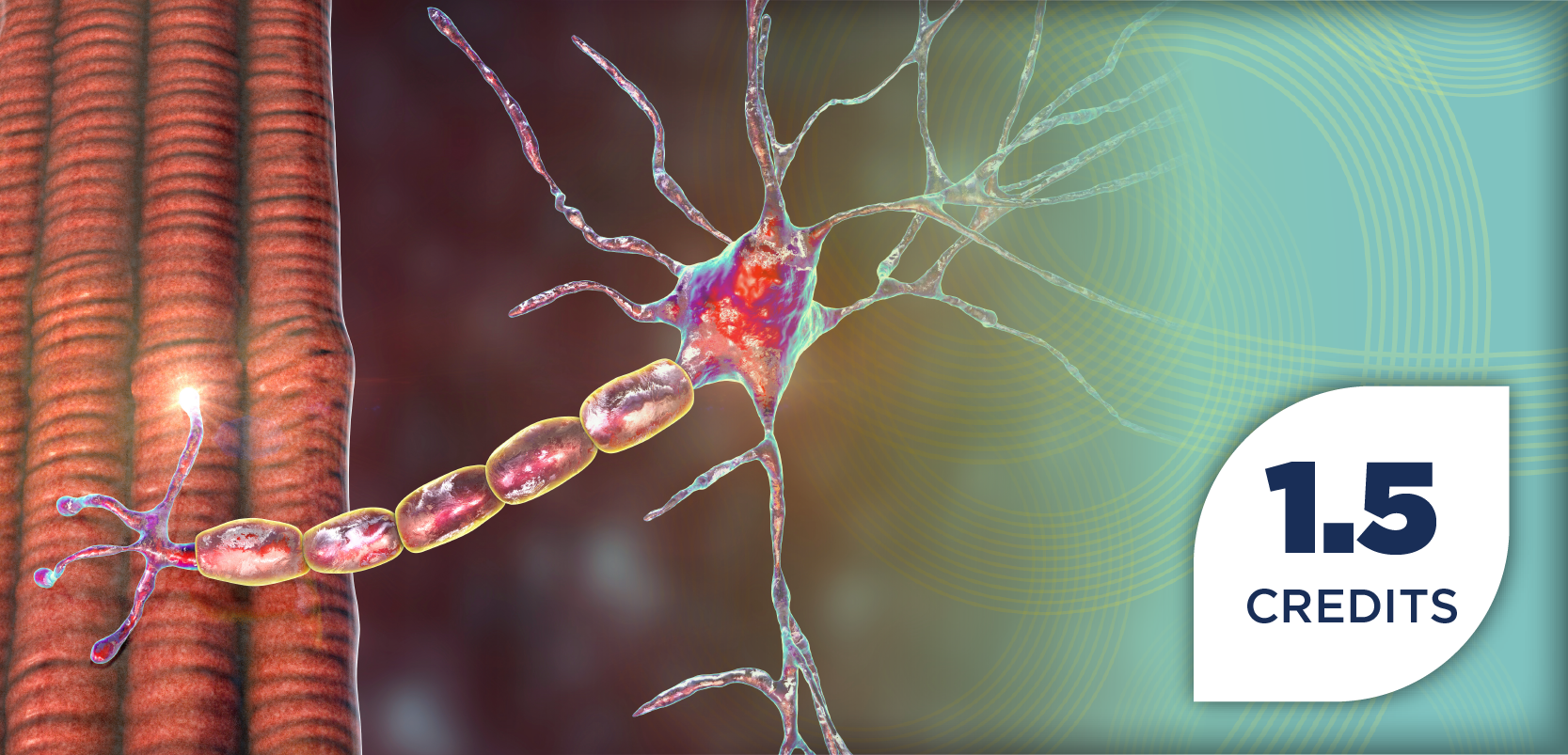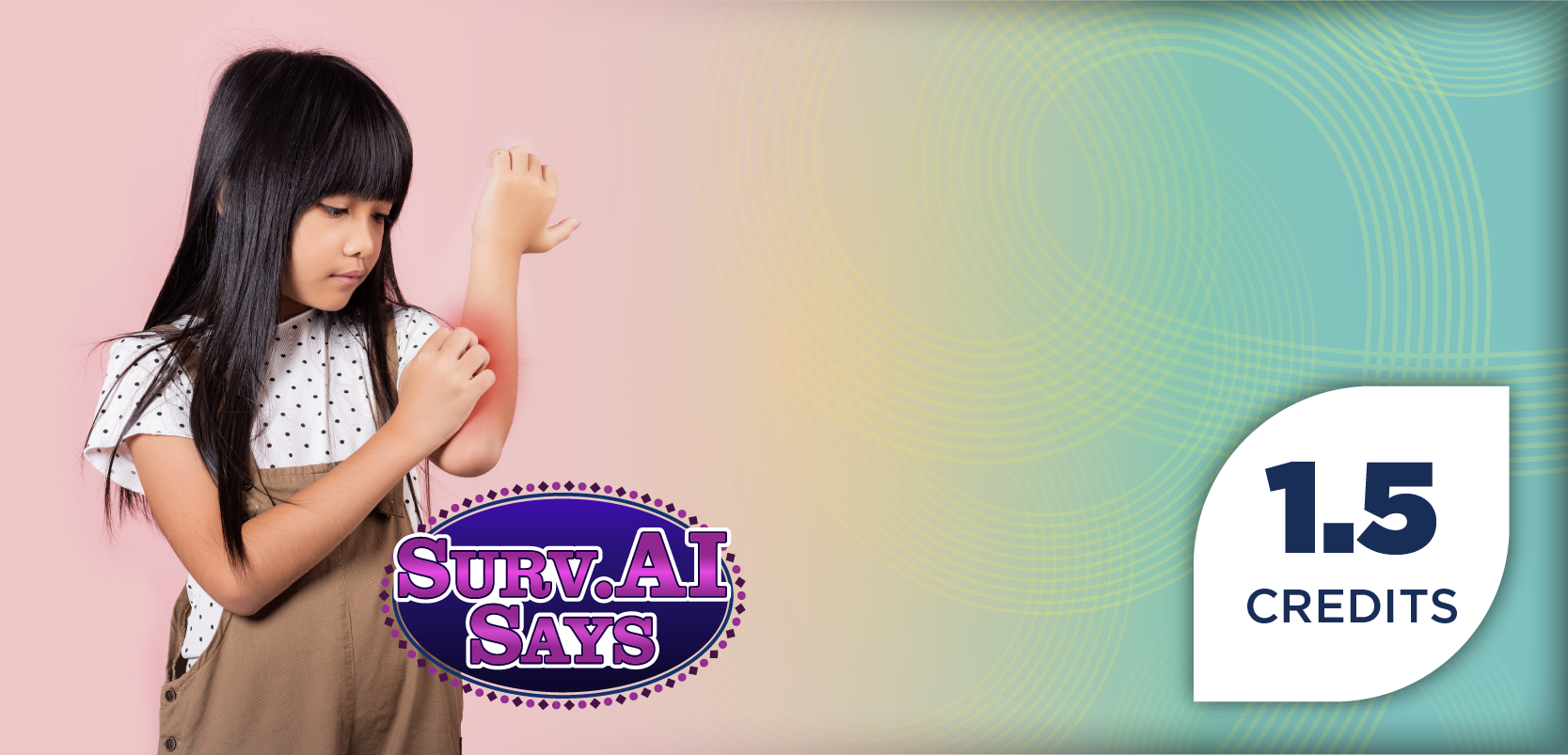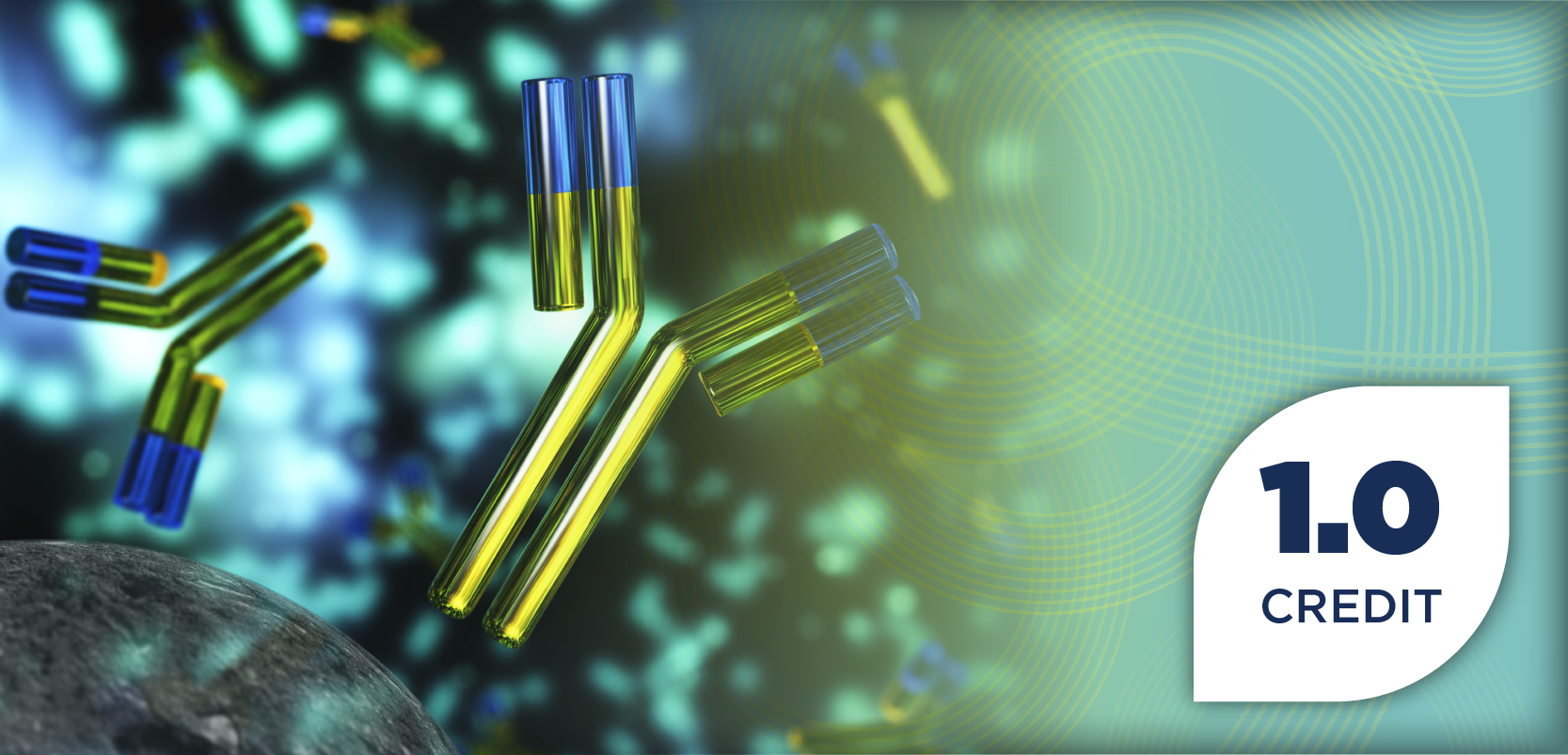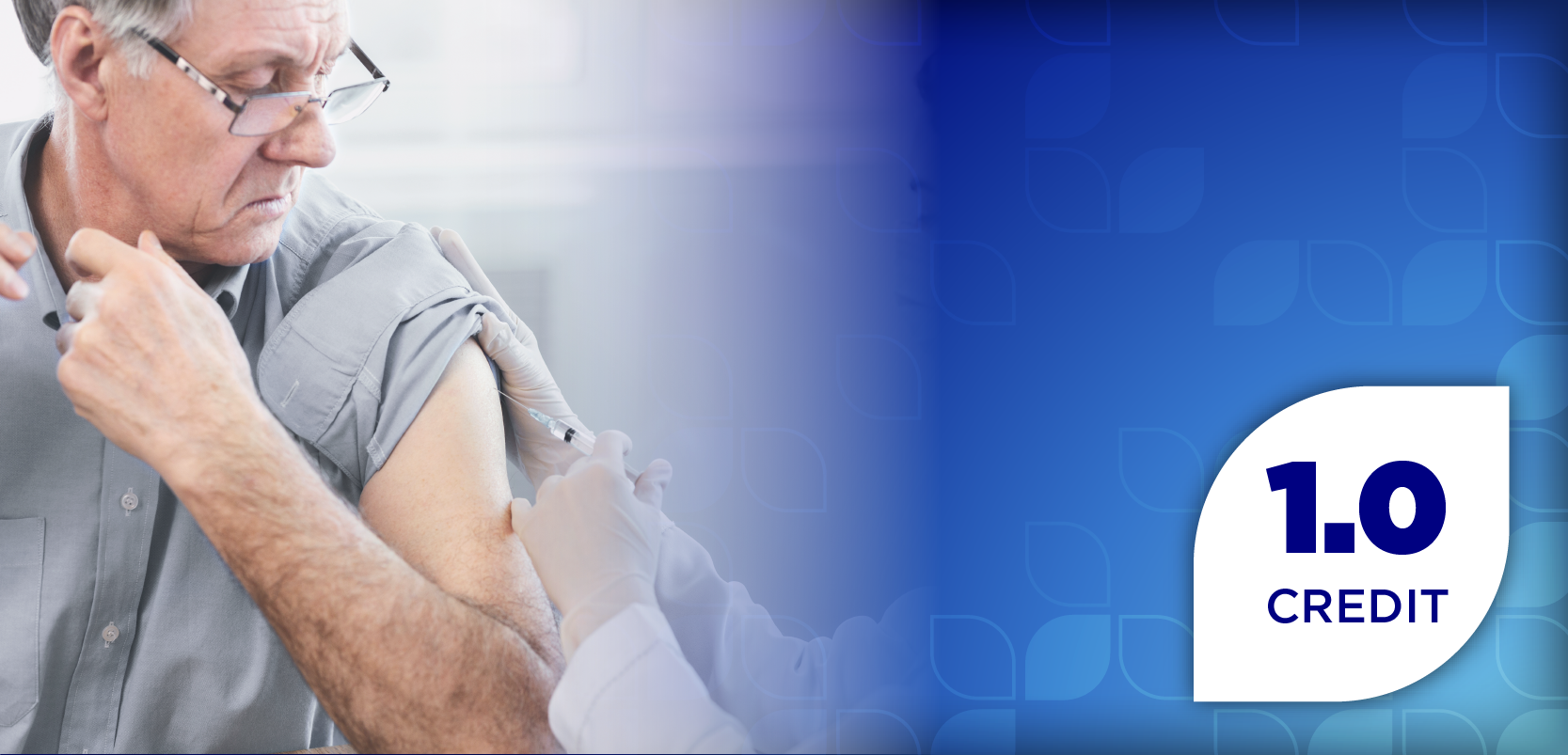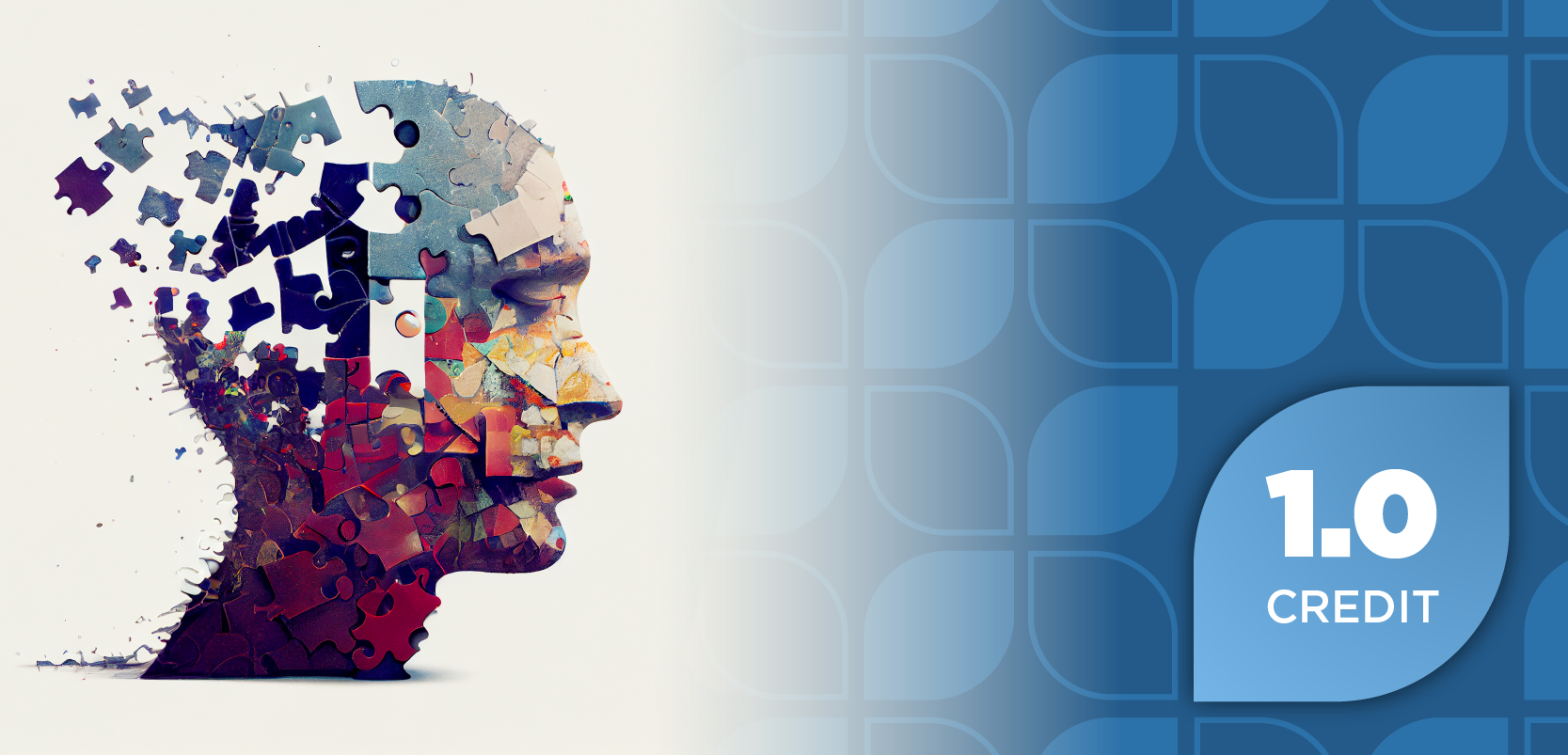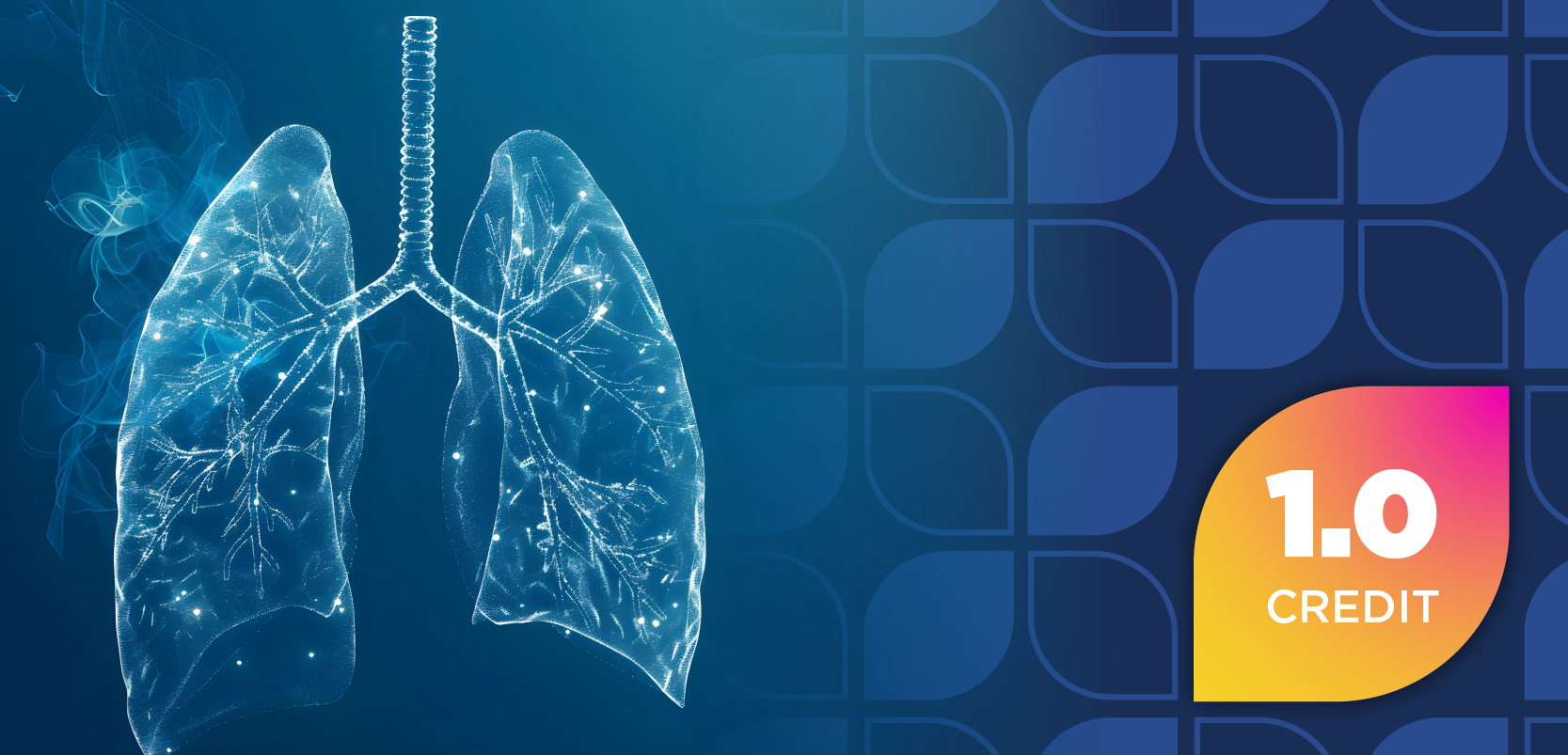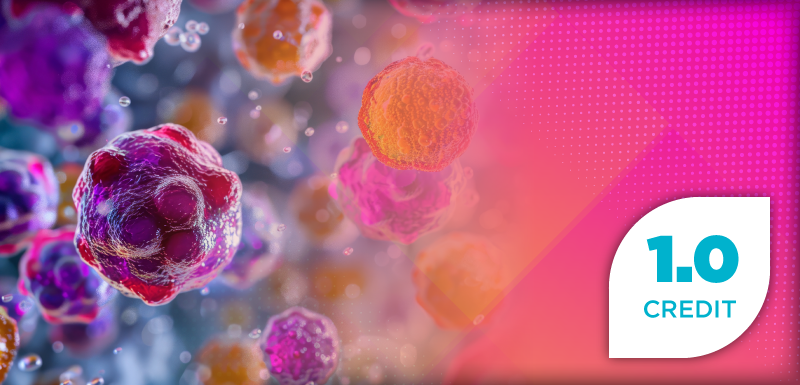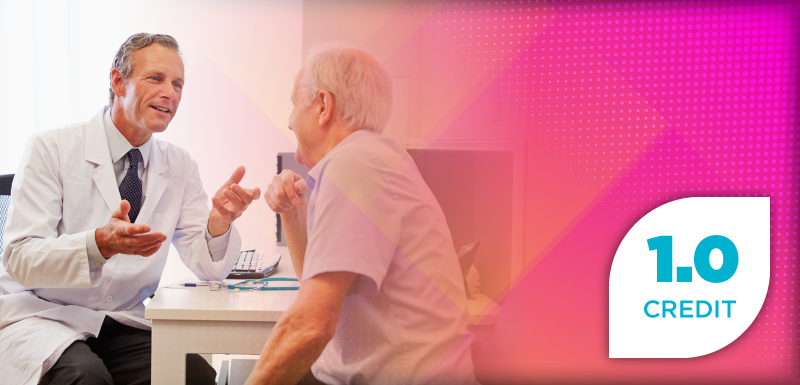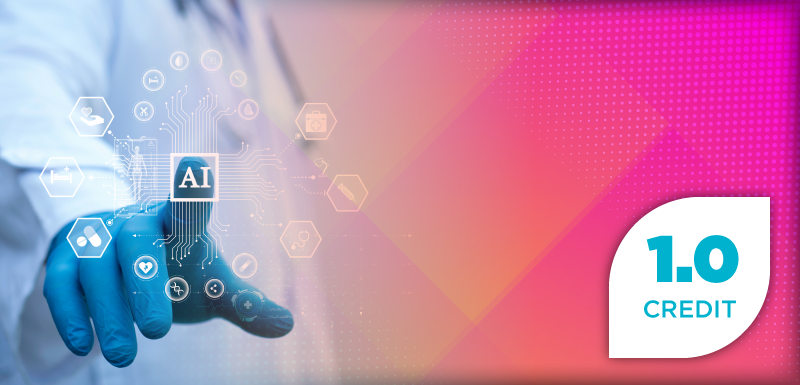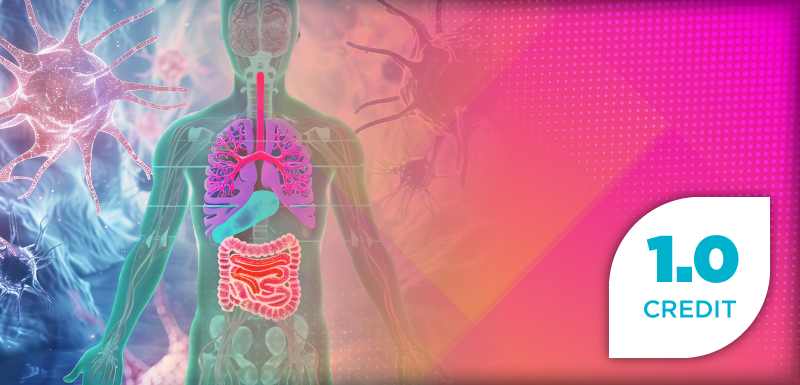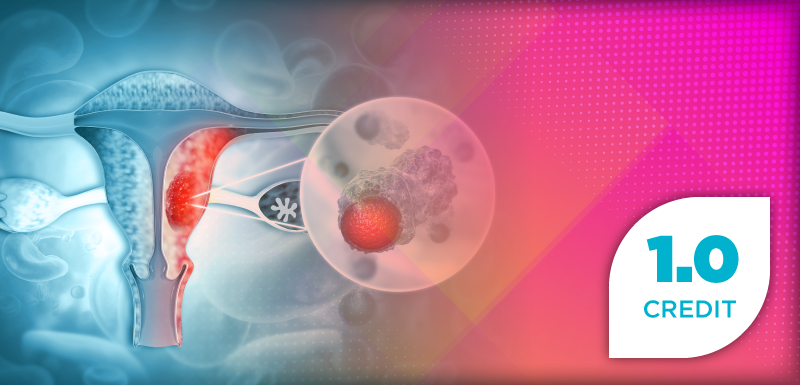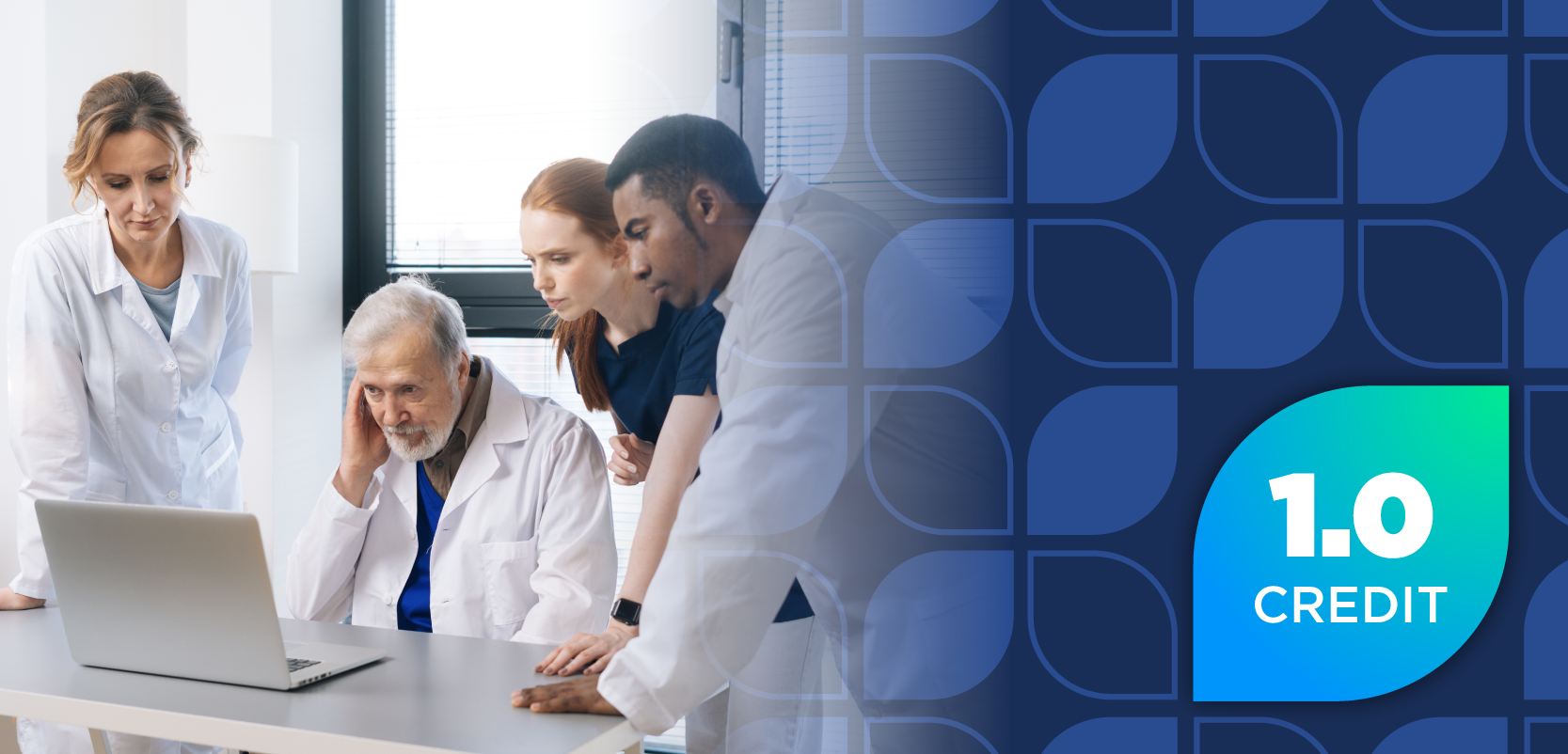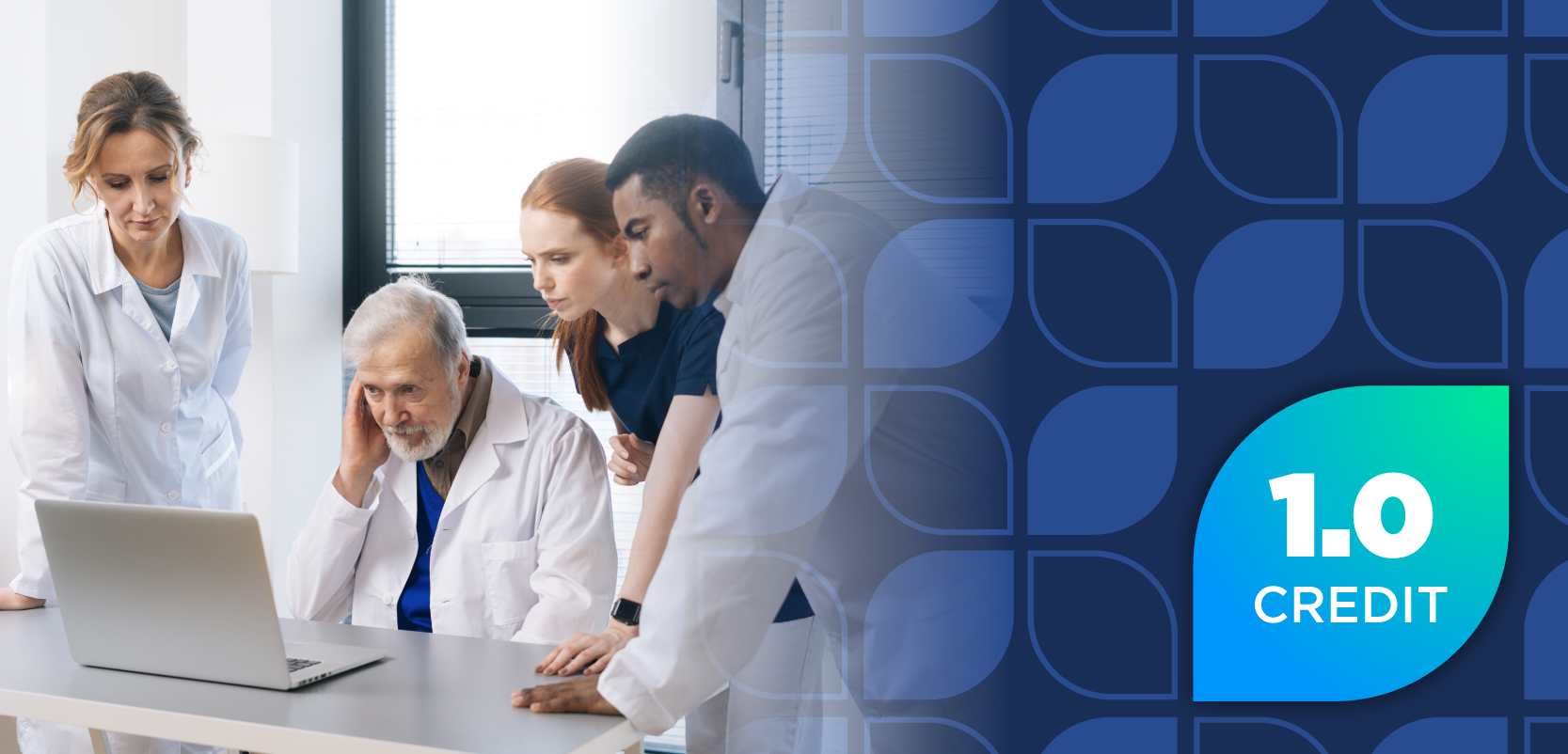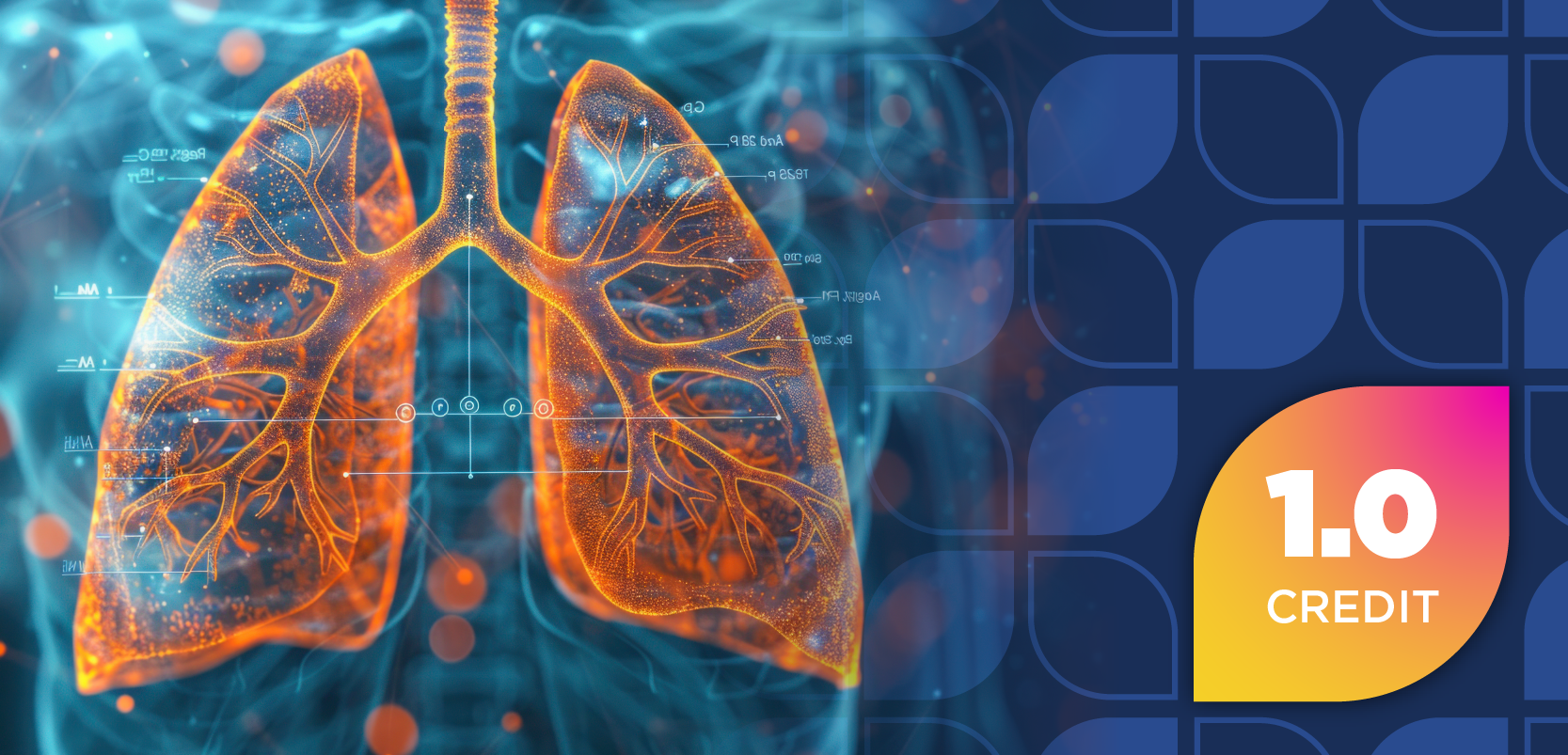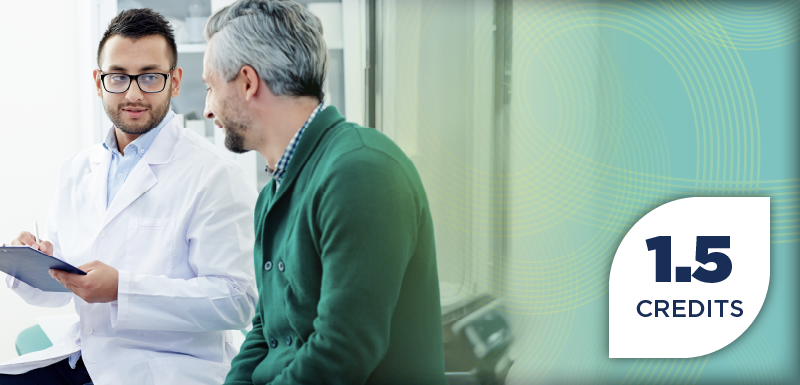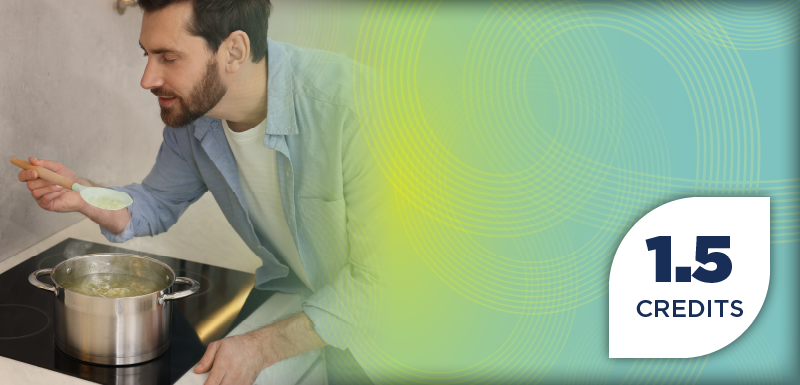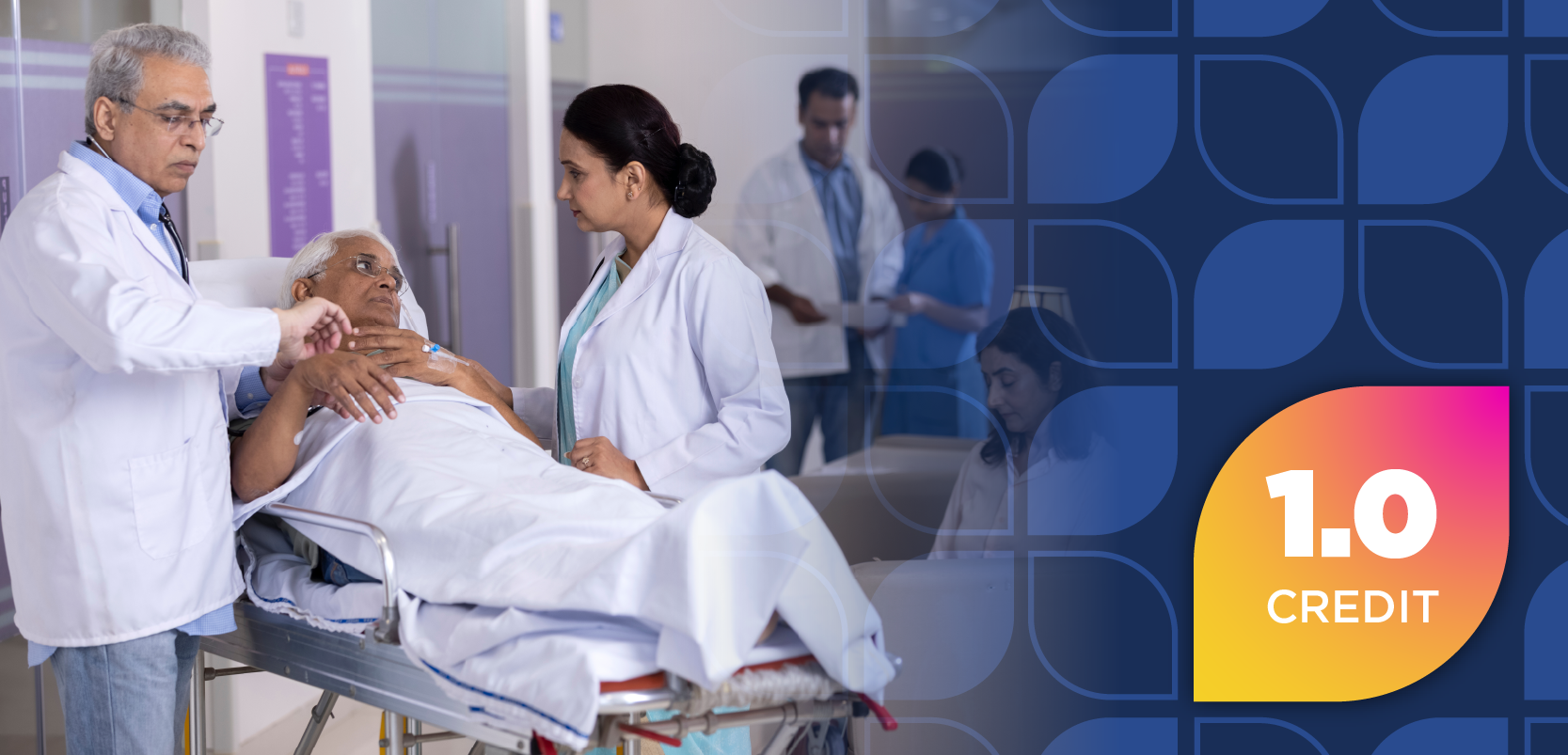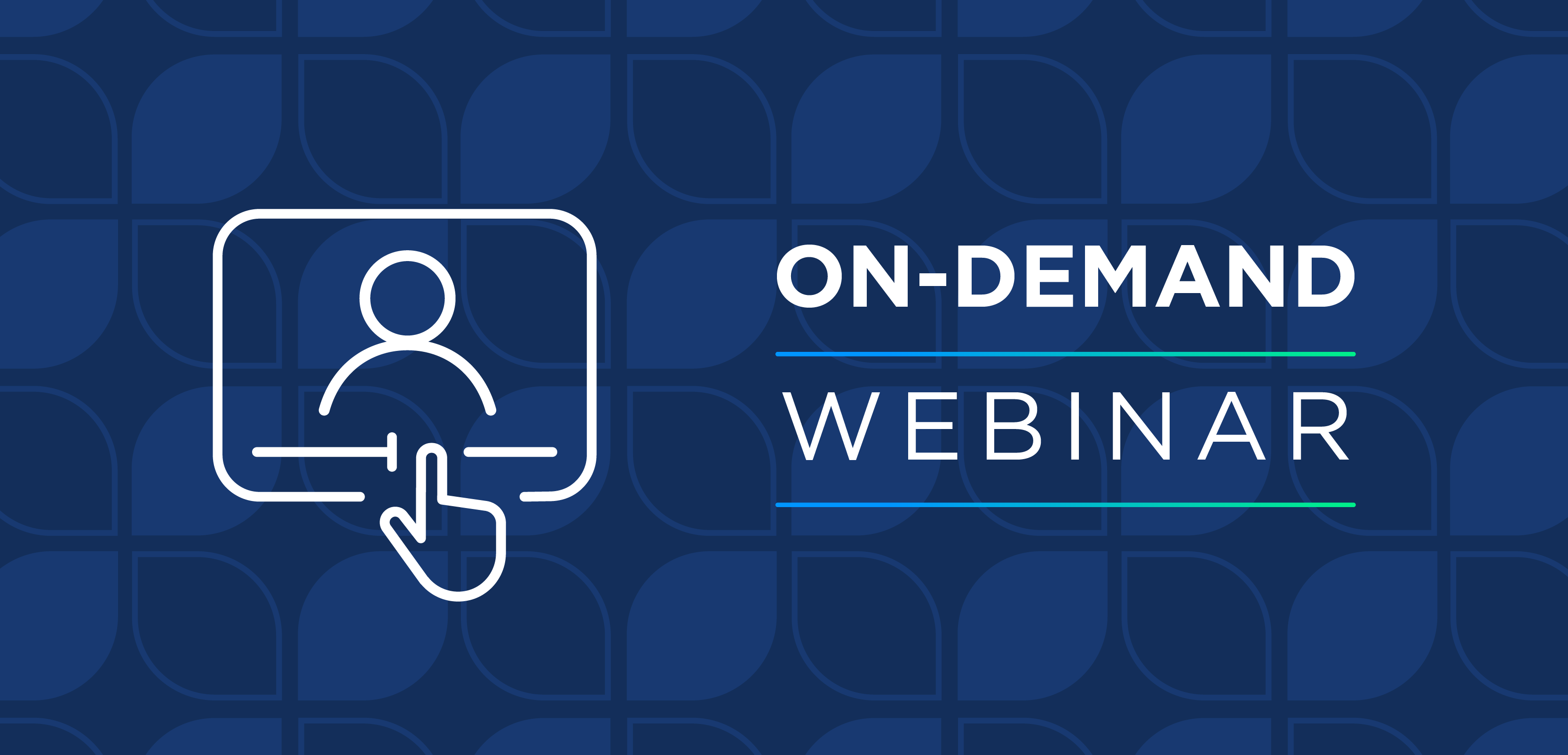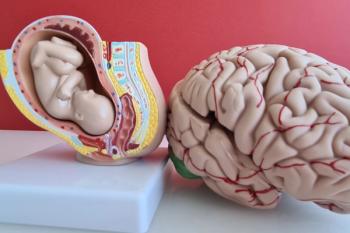
Q&A: How Barbershops Are Transforming Hypertension Management
Crystal Zhou, PharmD, APh, AHSCP, BCACP, discussed her role as Lead Pharmacist of the Cut Hypertension Program.
The Cut Hypertension Program was established with the goal of bringing care to underserved communities within the Bay Area of California. Offering hypertension management services for patients and health coach training for barbers, the program’s coordinators have worked to make barbershops in their community a health care setting for all local residents.
“What we're trying to do is bring medicine to the community instead of the other way around,” said Crystal Zhou, PharmD, APh, AHSCP, BCACP. “It could be a barbershop, it could be a nail salon, it could be a church. I think this model of bringing care into the community for the people who need it most is what's really important and could make a huge impact in public health and really improve people's blood pressures.”
Crystal Zhou is the Cut Hypertension Program’s Lead Pharmacist. She sat down with Drug Topics to discuss her role within the program and her team’s overall goals for community engagement. “Our vision is that black barbershops and salons can be places of health promotion and outreach, community building, and treatment for the black community,” according to the
Stay tuned for more from our conversation with Zhou as she discusses further the role of pharmacists in providing access to care in the community.
Drug Topics: Can you start by discussing what the Cut Hypertension Program is and how it came to be?
Crystal Zhou: The Cut Hypertension Program is actually a community-based barbershop hypertension management program. The Cut Hypertension team is very, very small right now. It's just myself, the pharmacist. We have a program coordinator and then a lead physician who is our supervising physician. It's basically the 3 of us. We provide training to barbers who work at different barbershops who are interested in participating in our program to provide health coaching to the clients in their barbershops who might have high blood pressure. As part of the program, we provide the health coach training for our barbers, and it's a very dense training, actually, for someone who's not a health care provider. We go over what is blood pressure, what is high blood pressure, how to screen, and actually measure clients’ blood pressures. Also, we provide them some key talking points for what if a client comes in with high blood pressure, what do you say to them? What types of questions do you ask? So that's a major part of our Cut Hypertension Program.
On the other side, we have myself and the program coordinator working actively in the community. Sometimes we'll be doing blood pressure screenings if we're in the barbershops, but mainly my role is to manage hypertension in clients who have high blood pressure, that have been screened positive either by the barbers themselves or the coordinator or myself. What's great about this program is I have a collaborative practice agreement with the lead physician, and I'm able to prescribe medicines. I'm able to order labs for the clients who come in with high blood pressure that I'm actually managing their medications for. I think the program, we try to make it as holistic as possible and connect with their primary care providers as well, so their medical team is also in the loop.
How it came to be is a very interesting question. It took us quite some time to launch the program. I want to say it first started probably in 2018 or 2019. There was this physician that I was put in contact with, Kenji Taylor, MD, who at the time was the chief family medicine resident at [the University of California, San Francisco]. He had already established some relationships with barbershops in San Francisco. There were 2 of them that he was working with. He was teaching the barbers how to do blood pressure screenings. And so really, what he was missing was a pharmacist and a coordinator to get this program rolling and on the road. We were planning up until right about before COVID hit, and our launch date was actually a date in March of 2020. Because of that, we had to delay our program. We didn't go into the barbershops for about a year, actually.
As you know, COVID was a really dark time for many people, but especially barbers, because they couldn't work in person. Some of them were cutting hair in their basements to try to make money. There was no other way they could bring an income for their families. When they reopened, it was a very different scenario. The barbershops were no longer these social spaces where people could come and gather and just hang out, see their friends, meet them. Now, everything is appointment-based. The crowds at the barbershops have significantly decreased. I think now that people are feeling more comfortable with COVID, the crowds are increasing again, but because of all the appointments, we kind of had to shift gears for our Cut Hypertension Program as well and turn it into more of an appointment-based system.
Initially, when we first returned to the barbershops, it was July of 2021. COVID was still such a hot topic of discussion that we actually pivoted. Our program ended up providing COVID vaccines to patients and clients coming into the barbershops. Interestingly enough, I ended up vaccinating a lot of the barbers in the shop that I was at because they just didn't have time to go get their own COVID vaccines. The program has come a long way. Now, we are back to doing more hypertension work and managing hypertension. We've partnered with about 14 barbershops in the Oakland side of the bay area, and we've expanded to about 3, possibly 4, in the San Francisco area.
Drug Topics: Outside of the direct communities that the Cut Hypertension Program serves in California, why might an initiative like this be important for health care or public health as a whole?
Crystal Zhou: I think this program is really just a model for how we can improve preventative services. We're using the barbershop because this has been a tried-and-true published way of improving blood pressure that's been shown in the New England Journal of Medicine. So, we thought, hey, let's try to repeat the study. Let's try to see if it's sustainable in our community up here in the Bay Area because the study was originally done down in Los Angeles County.
We brought it up here and what we're trying to do is bring medicine to the community instead of the other way around. It could be a barbershop. It could be a nail salon. It could be a church. It could even be a grocery store. I think this model of bringing care into the community for the people who need it most is what's really important and could make a huge impact in public health and really improve people's blood pressures.
Drug Topics: Either within the community you serve, or throughout health care and society as a whole, what are your long-term hopes for the Cut Hypertension Program?
Crystal Zhou: I have many, many long-term hopes. One, I really hope that we can expand the program so that more patients in the community can benefit. We've even talked about maybe moving into nail salons to see if we can screen more women with high blood pressure. [We want to be] expanding the program, hiring more pharmacists who are able and willing to be in this role as an advanced practice pharmacist. Two is really to try to work with the payers on this program. Whether it be, if your patient has hypertension and goes to a barbershop, maybe they provide once-monthly haircut vouchers for that patient. Then, we will be in the barbershop managing their blood pressures while they get their haircuts. This could even expand to diabetes, hyperlipidemia. It could expand to a lot of preventative chronic disease states.
I think that once we have this proof of concept ironed out—we're still trying to gather some data and some numbers for the payers that we're working with—I really think it would be beneficial to just partner long term with these insurance companies. I think some of our biggest barriers right now to holding more health coach trainings and also equipment and paying for the blood pressure machines for the barbershops is just the consistent funding. I think if we could maybe have a contract with some of the payers, that would definitely help with the consistent funding as well.
READ MORE:
Pharmacy practice is always changing. Stay ahead of the curve: Sign up for our
Newsletter
Pharmacy practice is always changing. Stay ahead of the curve with the Drug Topics newsletter and get the latest drug information, industry trends, and patient care tips.




